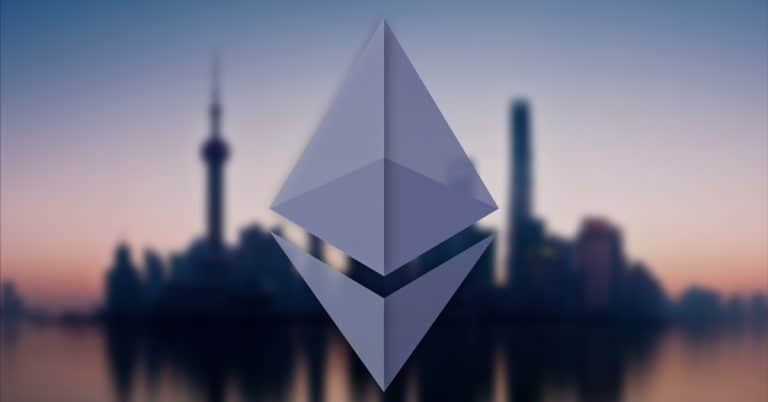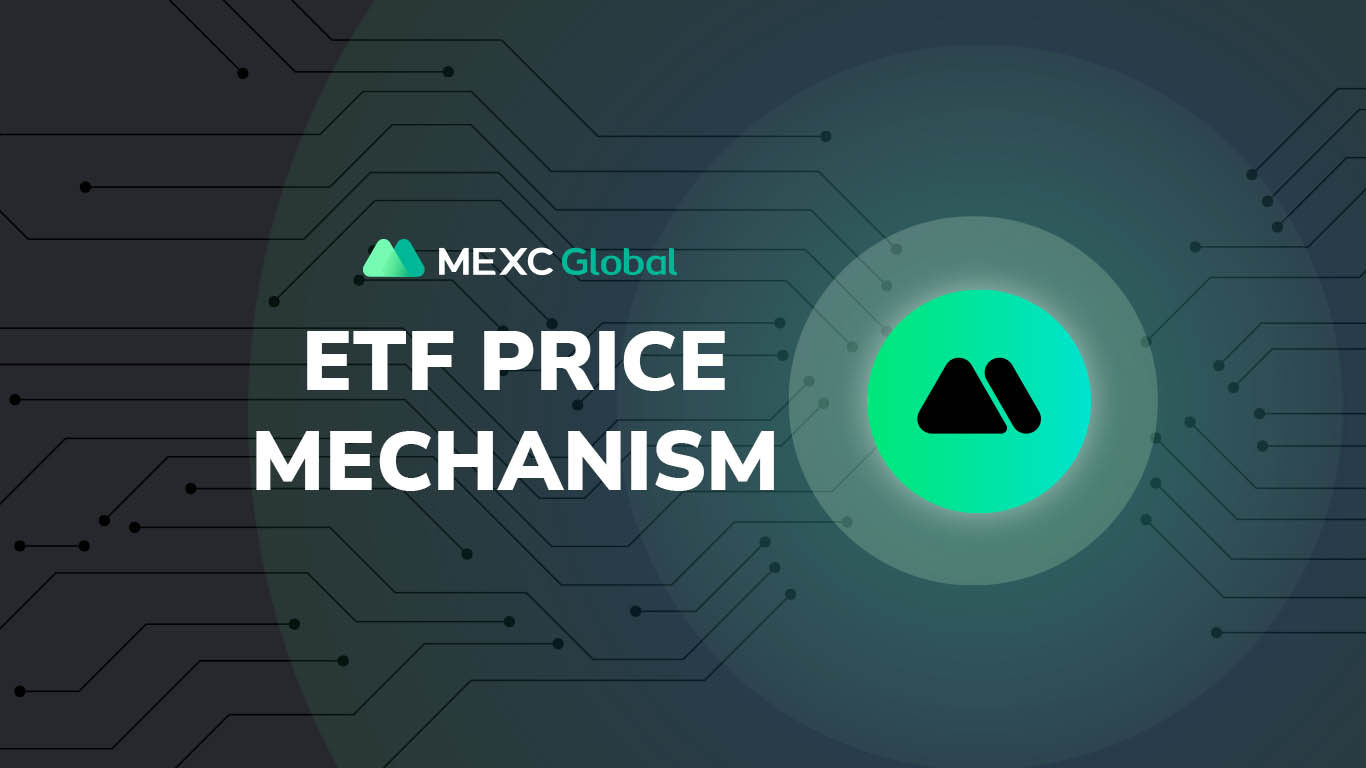In this AMA recap, you’ll find insights about the Proof of Memes project. In an event hosted by Andrew Weiner, VP of MEXC, and Founder of POM, Roger Malcolm III.

Introduction
Hello, everyone! My name is Roger – the founder of Proof of Memes. It’s a layer-one blockchain for meme coins. I’ve been in this space for a while. My background is in engineering. Although the bear market is here, we are currently working to pave the way for our project and be ready for the next bull market

Questions from the Community:
Question 1:
Andrew Weiner: Why Proof Of Memes? What kinds of problems that Proof of Memes aims to solve?
Roger Malcolm III:
When people first get into DeFi, most of them are really uneducated. So the first attempt for them may not consider a fair experience if they only trade a few tokens through Dapps. For example, a meme coin could be a honeypot. However. it may have something that we won’t know behind the back could be a scam. In particular, some projects might be held for a couple more years before they try again or not.
One thing that we are doing is setting standards from the top down, and making them available for everybody that’s developing in our space. When we mention “setting standards”, it means we’re creating products that are encouraging our blockchain users to create wit. For example, the launchpad is a product we create to help scam prevention because all projects launched on it are vetted for utility KYC.
The utility vetting process at least proves whether a project is for long-term development. Personally, I think meme coins do bring a lot of hype to projects, such as Shiba, which hasn’t done too much on its utility. If a meme coin has its own utility, it could offer a massive chance for people to build things. Look at what we’ve done so far in the bear market, we’re living proof of memes.
Question 2
Andrew Weiner: How does thePOM chain build buyers’ trust and improve the safety of trading on POM swap?
Roger Malcolm III:
The POM Swap has a liquidity locker called “Safe Stealth”, which aims to help developers easily lock in liquidity after the project launch on it. For example, once a developer decides to launch a contract, they can first pick one from a maximum of five pre-audited contracts for activating the liquidity pool, then it will automatically lock funds at least for a year or longer. In that case, anyone who trades the token of the project will clearly understand when to IN & OUT, and the funds will never be stuck. Meanwhile, it also proves the reliability of a developer’s project standard well or not.
We are currently expanding with ‘Safe Stealth’, especially since we’re corporate with partners that built a token launcher already. We believe ‘Stealth’ will work well with our LaunchPad to guide our users to invest wisely in 3 steps:
In the first step, project selection through our LaunchPad, the user can invest in those products that are launching. Please note we might close one or more projects a month for project launches.
In the second step, we’ll send them to the ‘Safe Stealth’.
In the final step, They choose to go there independently, and we will direct them. Here it is called the ” Wild West of crypto”, where a lot of great projects come out. Users are able to decide whether to buy projects with ‘Safe stealth’ or not, but at the end of the day, those projects are not 100% safety guaranteed.
My suggestion for you is better off waiting till you know more people have jumped into those projects and vetted them for you. That’s the same direction that we’re created for our users. If anybody wants to build products in our space to get people to launch contracts, products, or DApps, they have to go through and be qualified to meet at least two standards from us.
Question 3:
Andrew Weiner: You mentioned these contracts are audited, were they audited by a third party?
Roger Malcolm III:
Yes, they were audited by a third party. We definitely are not going to audit them ourselves.
Question 4:
Andrew Weiner: Are you able to share the name of the auditor or is that confidential?
Roger Malcolm III:
We use two crypto audit companies, which are Coin Salt and Consult. Those accounting firms we use for anything bigger than that… In fact, you’re looking at prices of $50-60 for basic token contracts that can be audited and it shouldn’t cost you more than $1,500-2000.
If you trying to get third-party databases and interact with APIs, such as lots of specific back-end products, you might want to get somebody to help with preventing hacking in that case. However, for token contracts, these two companies are a great fit for that.
Question 5:
Andrew Weiner: What are the minimum requirements of POM LaunchPad and ‘Safe Stealth’ protocols to prevent anyone from being able to develop and launch?
Roger Malcolm III:
That’s why we have the third tier of launches.
The wild west of crypto, if you don’t want to go through the processes of the LaunchPad – it definitely is more difficult to get a project on there.
With Stealth, it’s easier for you to understand the contract and the terms for locking its liquidity at least for a year
The third option is a DeFi blockchain. Anybody can do what they want with it and anybody can build on it. They do not have to use our protocols, but it will take a longer time for them to develop their own trust in the community without using our two options.
At the end of the day, people have already launched contracts and tokens on our network without using our products. So it’s proof of our real decentralization.
Question 6:
Andrew Weiner: Some of our audiences are new to cryptocurrencies, and some of them may only trade spots with blue chip projects. Could you help them understand what aliquidity pool is? Why does it matter to a project like yours?
Roger Malcolm III:
Compared to Spot trading, people can just buy and sell orders on their computers. That’s a similar way to how the DeFi swap protocol works.
An initial initiator or a developer needs to add tokens to a pool pending for the next purchase. Once they set that initial price, if the first buyer buys some tokens, then the price will increase for the next buyer. Obviously, the token price would be much higher than the first initial price if people keep buying it. Conversely, the price will drop if somebody sells, and so on.
But how do those swap contracts work? Let’s take our presale coin $POM as an example. Once you add it to a contract, you will receive a token called liquidity pool. No matter wherever you trade with them or how crazy the price changes. You can take all liquidity pool tokens and pull out everything from the pool at any time.
In that case, everyone else who bought those tokens will be left there for good. It means all the money that has been added to that pool cannot be pulled out, and nobody will be able to sell it. That’s something we know as a rug poll. I know it may sound scary, and most people may think not going to do any DeFi trading for now. In fact, before any token ever gets on an exchange, 99% of the time they will launch on DeFi. So if you’re looking to get in something early, then these DeFi coins would be your first choice to start with.
So that’s why we come out with products like stealth and LaunchPad for preventing this situation. For example, we not only provide not only contracts but also force those liquidity pool tokens to be locked. Even though there are multiple forms of scams, it will at least guarantee all investors will be able to sell and won’t lose their tokens.
Free-asking Session
Question 1:
What is the proof of mining on memes? Does theProof-of-Work mechanism make the POM chain more secure?
Roger Malcolm III:
We decided to go the proof of work route at Farm chain and that means our proof of work blockchain prior to EIP 1559.
It basically refers to the transactions on our network contributing to reward our miners. As result, with more nodes online, the more computers we have connected to our network, the more secure our network is.
Question 2:
IsthePOM chain going to bring mass adoption of crypto during current market conditions?
Roger Malcolm III:
we’ve launched possibly at the worst time in the market. But that has played an advantage to us because of no other competitors against us. for other projects. it’s hard for them to gain confidence in the current market situation with us.
When you look at Dogecoin right now, it still has a really high network hash rate because lots of miners still mining it. Why Dogecoin becomes so popular, probably the reason is it looks literally a dog. People love their pets. A lot of our projects that launch on our chain will be some type of animal project and it will be fun. And you know Dogecoin is proof and the point of that and proof of memes. There’s nothing more socially volumetric than memes themselves.
Question 3:
What are incentives the project will offer to motivate users to engage with the ecosystem? How does the project continue to attract new investors?
Roger Malcolm III:
In fact, lots of Twitter accounts are banned due to fake followers, and lots of projects struggle to find the right channel to market their projects. So things like that we’re able to help developers to avoid it, and we’re able to help them use the right channels of marketing.
Our team is here to support innovative projects that are launching on our blockchain. We believe the most participant blockchain will be the most biometric project in the future. That’s the DNA of blockchain technology. So we do not want stagnant whales, we want everybody to participate.
We know these people personally, we were friends with these people. We have them in group chats with NFT holdings. We have them in advisory groups. And at the end of the day, we’re here to create the most involved layer one blockchain ecosystem to exist.
Question 4:
How many projects do you anticipate potentially being on the blockchain at the end of this year? And just as a follow-up question, is there any limit to the capacity of how many you could launch in any particular month?
Roger Malcolm III:
We’re aiming to be the sheep of our blockchain. So this is a question related to how quality versus quantity. In my opinion. A billion worth project is the same volume as a thousand 1 million projects. With that being said, buying power is everything on a blockchain.
Right now, there are a couple of hundred projects on our blockchain during November and December. Our goals are 5000+ by the end of the year 2023. The more important thing is I really want to go out with a few high-end quality projects that are doing something different, something new, and have long-term stability in the crypto ecosystem.
Trying to find MEXC AMAs recaps with our MEXC VP?
It’s easy! Explore them in a special section of our MEXC blog. Find insights for other recently listed projects at MEXC like Proof of Memes.
Join MEXC and Start Trading Today!



